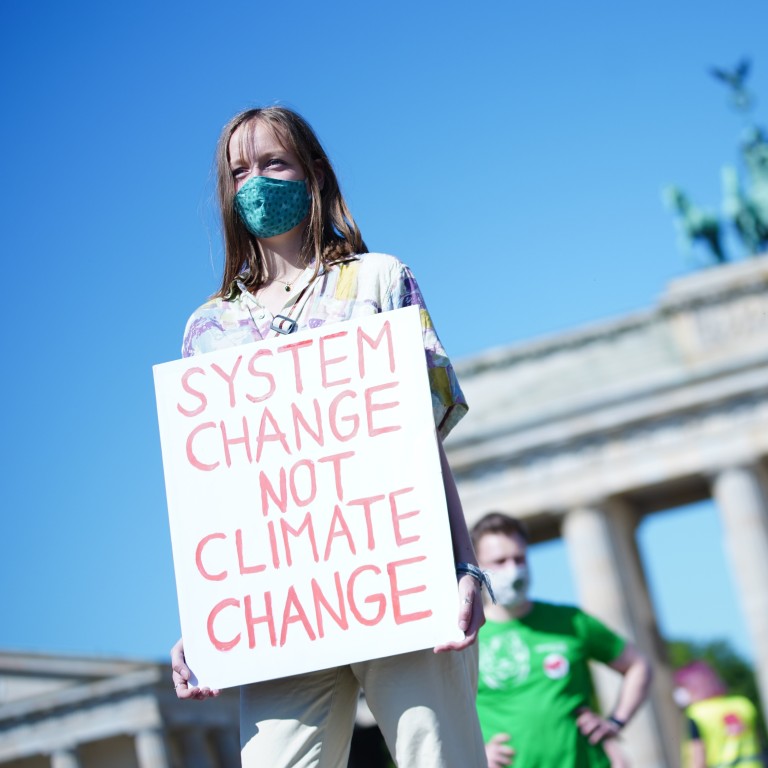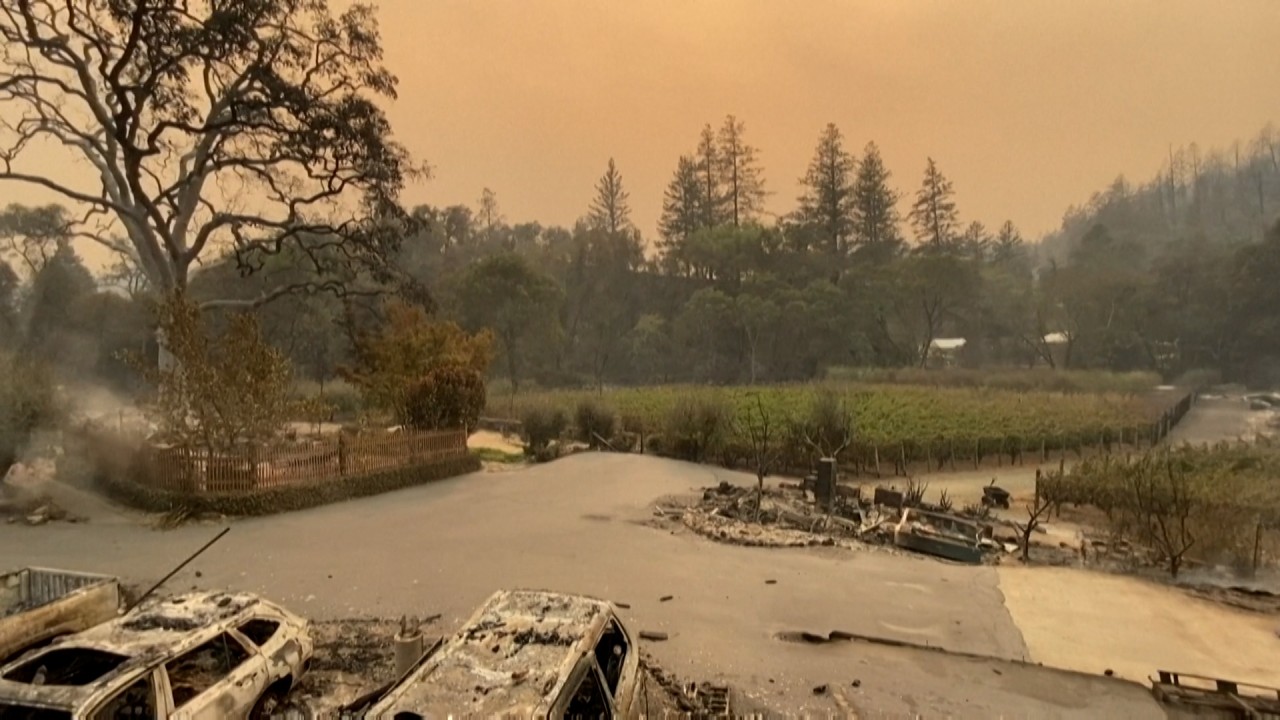
COP26: Growing need for climate leadership from China, the US and India – the world’s worst polluters
- UN climate change conference in the spotlight as concerns grow about a return to polluting economic activities as Covid-19 restrictions ease
- With the US rejoining the climate fight, now is the time for the worst polluters to choose a better future
The global momentum to tackle climate change has been rising over the past decade, but the three biggest polluters have made little progress so far.
When everything came to a standstill during the height of the Covid-19 lockdowns, we saw dramatic photos of New Delhi’s endemic smog lifting to reveal blue skies, Jakarta’s skyline reappearing and the San Gabriel Mountains once again visible from just behind Los Angeles. Suddenly, out of the global devastation something positive arose – a glimmer of hope.
Despite growing attention to the issue of climate change, the deeply entrenched institutional and systemic problems had made a better world almost impossible to imagine. Yet within a matter of weeks, we had blue skies.
In countries with extensive lockdowns, such as across much of Europe, the realisation of how to attain a better future became clear, but what was missing? The answer is, leadership to meet the urgency of the problem.
Although the conference of parties takes place every year, there are broader implications for COP26, for two reasons.
First, there is strong awareness that once the pandemic ends and restrictions are lifted, the world risks returning to the status quo of “pollute first, fix later”, as major economies work overtime to make up for lost time.
The lack of climate progress so far can perhaps be attributed to a sense of what Stephen Krasner calls “organised hypocrisy”. In climate change, as with human rights, the international dimension of the pursuit of such values is far more dynamic than it is often given credit for.
Second, America’s return to the climate change scene brings a new and empowered attention to the topic. As a major carbon emitter, the US has, in many ways, a responsibility and an interest in showing face, as any failure to follow through on its end of the climate bargain will certainly leave the rest of the world with less motivation to do the same.
US-China relations: climate change crisis can unite squabbling great powers
Unlike previous climate conferences, such as the one in Kyoto in 1997, COP26 is being kept more simple and functional, with an increased focus on clarity and areas of progress.
COP26 will be an opportunity, not merely to use the few to inspire the rest, but to show that global warming, for all its horrors, has yet to reach its “inflection point”, or more plainly, the point of no return. In reality, COP26 is a Manichaean choice between light and darkness: a simple, binary choice between a better future or allowing our worst to consume us and the world that hosts our existence.
If there is an urgency at every level from state to non-state actors, “norm entrepreneurship” is completely possible, as suggested by Kathryn Sikkink and Margaret Keck in their study of the transnational advocacy networks movement.
Bad habits can be changed, not necessarily through punitive or draconian legislation, but by an altruistic understanding of the true public good that this generation must bequeath to the next. It is a process akin to the passing of the civilisational baton; to keep the flickering flame of humanity alive instead of drawing the world ever closer to the brink.
As the late Robert Kennedy once said: “Some men see things as they are, and ask why. I dream of things that never were and ask why not.” COP26 falls in the latter category. If the US, China and India – the world’s three worst polluters – can cut their greenhouse gas emissions and make binding commitments to tackle global warming by November 2021, the key moral and policy question they will be asking is not why, but why not.
Iva Dim is a senior research fellow at Strategic Pan Indo-Pacific Arena (strategicpipa.com) based in Britain. She holds an LLM in international law from the University of Edinburgh and a BA in politics and international studies from the University of Warwick



